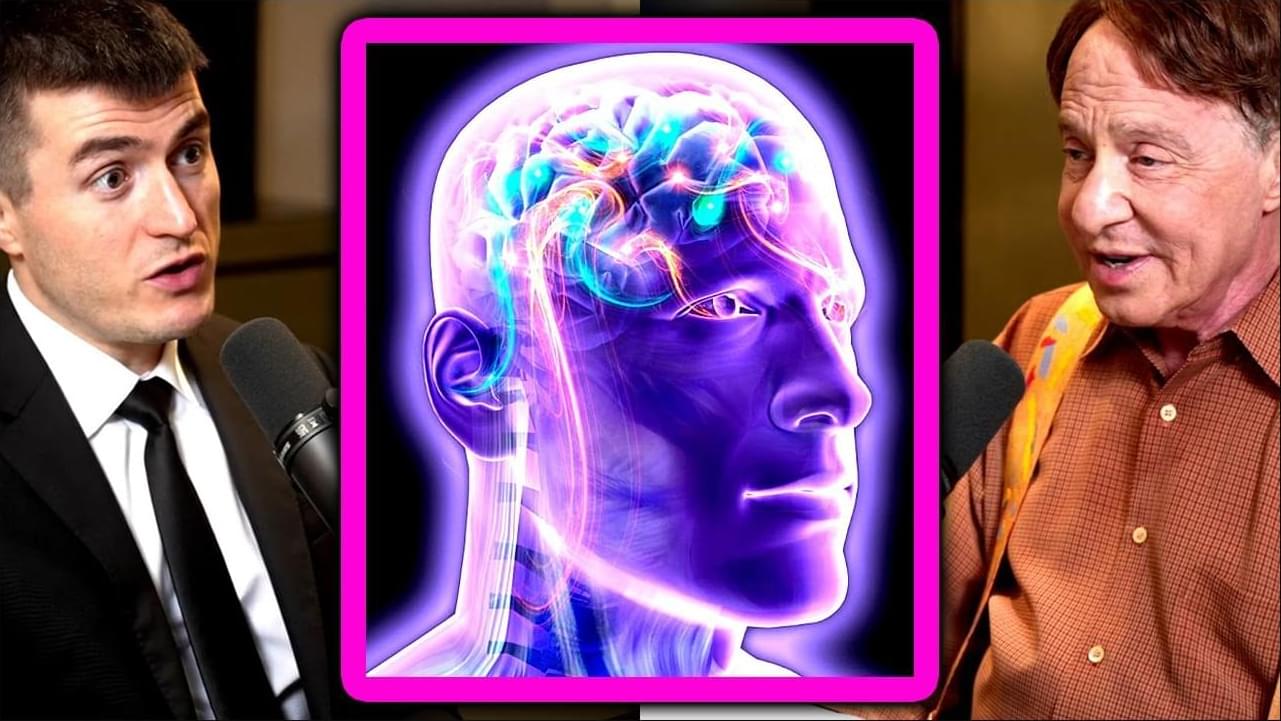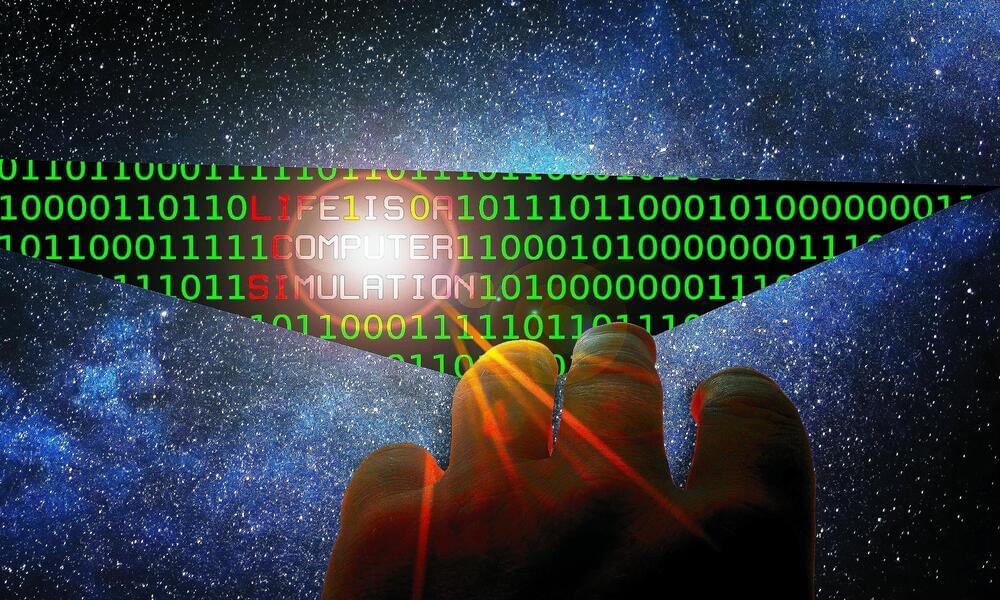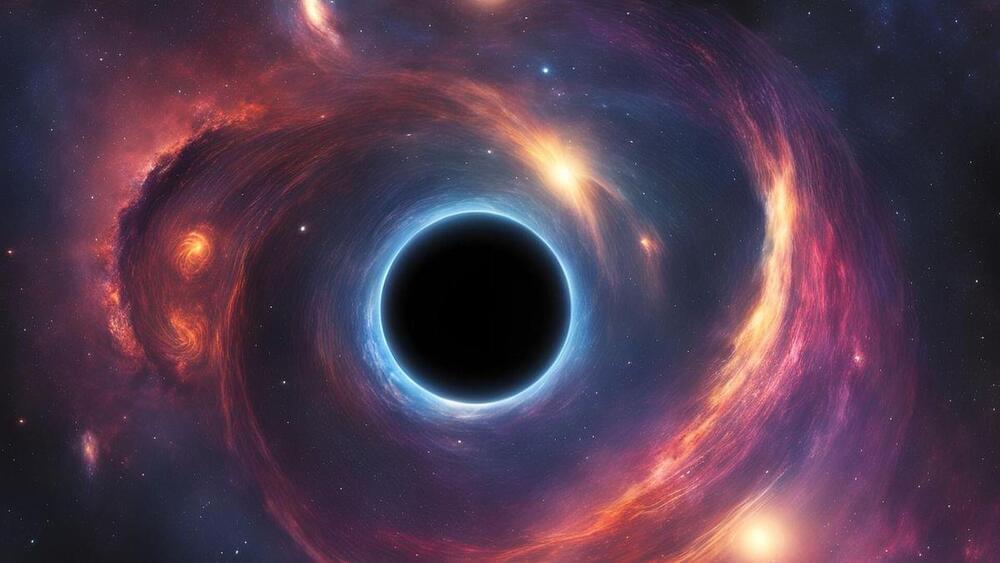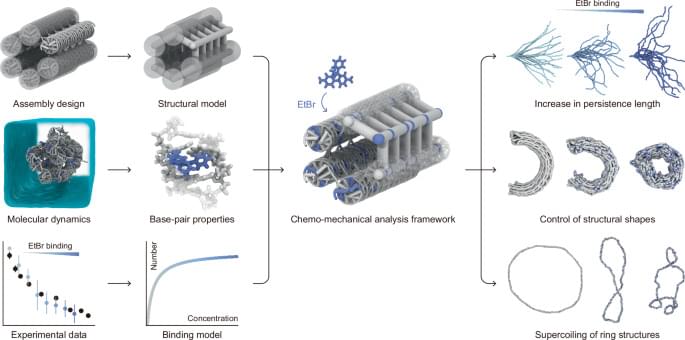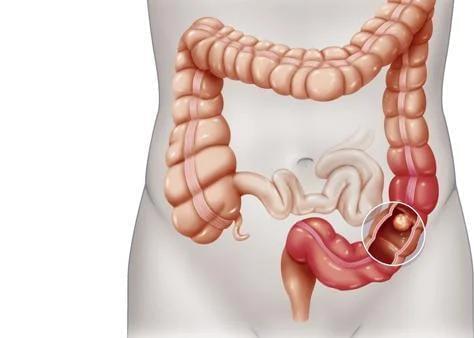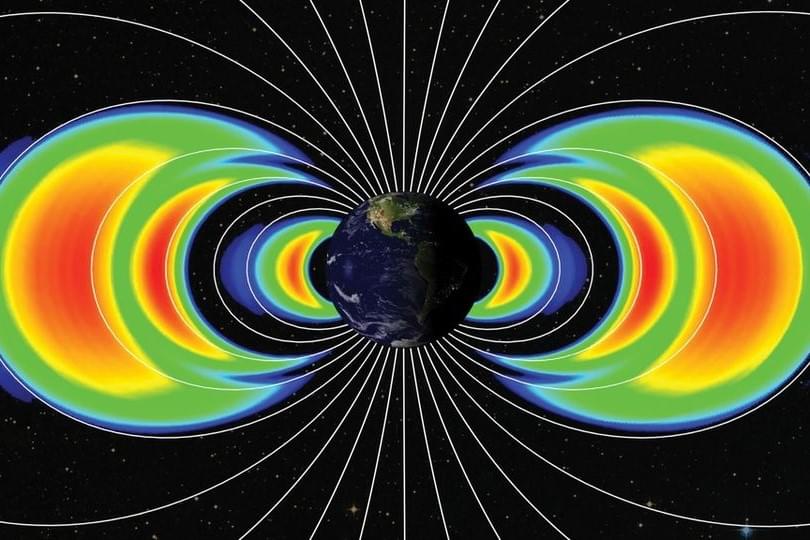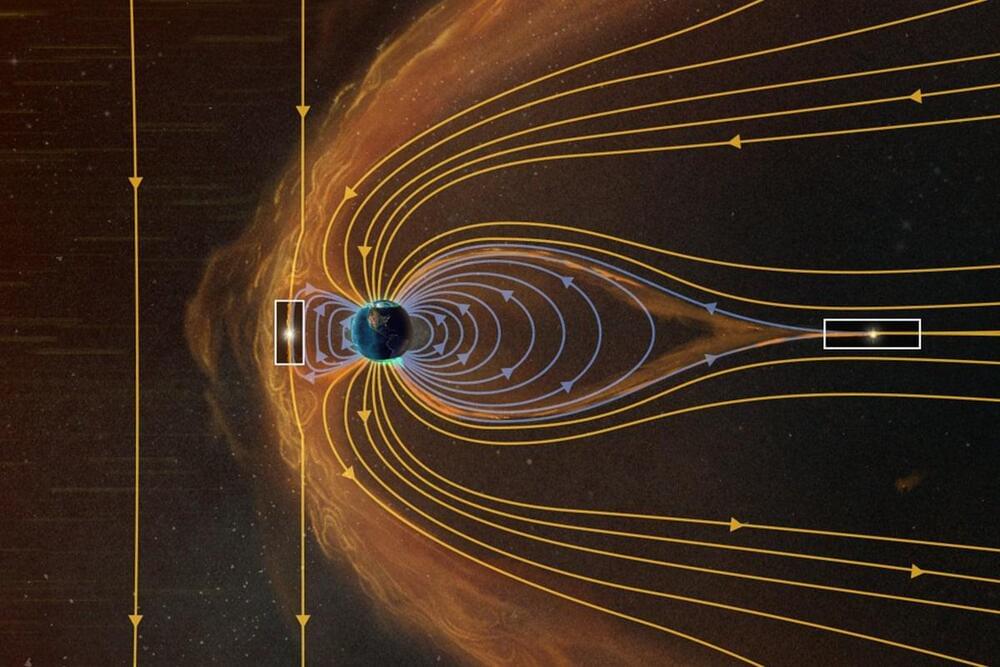Page 6
Aug 1, 2024
“Simulation Hypothesis” has leaped into quantum lab experiments
Posted by Dan Breeden in categories: computing, quantum physics
Have you ever considered the possibility that our reality might be an intricately crafted computer simulation? There is a name for this theory — Simulation Hypothesis — and it is now being tested in quantum lab experiments.
Though it may initially resemble a plot from the latest sci-fi blockbuster, a dedicated group of researchers is rigorously exploring this intriguing concept.
They are investigating the philosophical implications and technological advancements that could render such a simulation plausible.
Aug 1, 2024
Study finds black holes made from light are impossible — challenging Einstein’s theory of relativity
Posted by Dan Breeden in categories: cosmology, particle physics
New theoretical research finds that it’s impossible to form a black hole with the energy of light particles alone, poking a hole in Einstein’s theory of general relativity.
Aug 1, 2024
Can quantum particles mimic gravitational waves?
Posted by Dan Breeden in categories: cosmology, particle physics, quantum physics
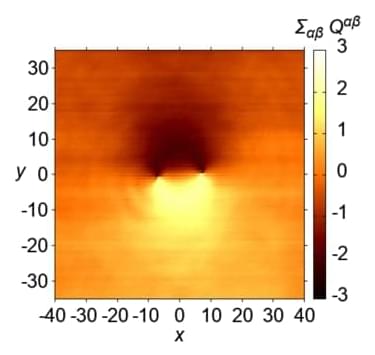
When two black holes collide, space and time shake and energy spreads out like ripples in a pond. These gravitational waves, predicted by Einstein in 1916, were observed for the first time by the Laser Interferometer Gravitational-Wave Observatory (LIGO) telescope in September 2015.
Aug 1, 2024
Predicting the effect of binding molecules on the shape and mechanical properties of structured DNA assemblies
Posted by Dan Breeden in categories: biotech/medical, computing
Chemo-mechanical deformation of structured DNA assemblies driven by DNA-binding ligands is promising for biological and therapeutic applications, but it is elusive how to effectively model and predict their effects on the deformation and mechanical properties of DNA structures. Here, the authors present a computational framework for simulating chemo-mechanical change of structured DNA assemblies, using ethidium bromide intercalation as an example.
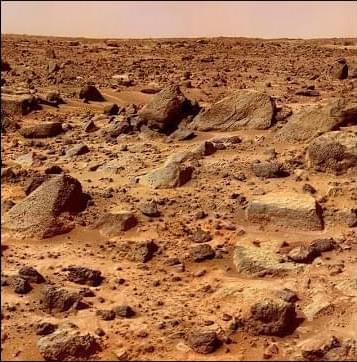
An exploration of the newly discovered rock on Mars that seems to show tantalizing hints that it may be evidence of past microbial life living on Mars and how we may be very close to finally finding evidence of extraterrestrial life.
My Patreon Page:
Aug 1, 2024
Regular aspirin use may help lower risk of colorectal cancer, study finds, especially for those with unhealthy lifestyles
Posted by Paul Battista in categories: biotech/medical, food, genetics, health
(CNN) — Regular aspirin use may keep the oncologist away, at least when it comes to colorectal cancer, according to a new study, and people with unhealthy lifestyles seemed to see the greatest benefit.
Colorectal cancer is the second most common cause of cancer death worldwide, predicted to cause more than 52,500 deaths in the US alone in 2023. About 153,020 people in the US were diagnosed with the condition in 2023, and it’s become much more prevalent among people under 55, with numbers more than doubling in this group from a decade ago, studies show.
The causes of colorectal cancer can be genetic, but certain lifestyle factors also seem to raise risk, including eating an unhealthy diet, not getting enough exercise, drinking alcohol, smoking and having a high body mass index.
Aug 1, 2024
Solar storm adds third radiation belt around Earth
Posted by Genevieve Klien in category: futurism
Scientists discover a new temporary radiation belt around Earth during a rare solar storm in May 2024.
Aug 1, 2024
Expect Auroras, Solar Flares and More Space Weather from the Solar Maximum
Posted by Genevieve Klien in categories: energy, space
Space weather is heating up in our current solar cycle peak.
By Clara Moskowitz & Matthew Twombly
Aurora sightings may become more common, and satellite communications and power grids could be disrupted, as solar activity peaks. Our nearest star is always volatile, but its magnetic action waxes and wanes on an 11-year loop. The sun is thought to be in a peak now, although scientists will need another year or two to analyze data before they can say for sure. During this high point we should see more sunspots (dark areas where the sun’s magnetic field reaches the surface) and solar storms (ejections of energy from the sun that reach into space and can affect Earth).
Aug 1, 2024
Five new ways to catch gravitational waves — and the secrets they’ll reveal
Posted by Cecile G. Tamura in categories: cosmology, physics
Innovative techniques being developed to detect gravitational waves beyond the current capabilities of laser interferometers like LIGO and Virgo.
That rare bright spot looks set to become brighter.
All of the more than 100 gravitational-wave events spotted so far have been just a tiny sample of what physicists think is out there. The window opened by LIGO and Virgo was rather narrow, limited mostly to frequencies in the range 100–1,000 hertz. As pairs of heavy stars or black holes slowly spiral towards each other, over millions of years, they produce gravitational waves of slowly increasing frequency, until, in the final moments before the objects collide, the waves ripple into this detectable range. But this is only one of many kinds of phenomenon that are expected to produce gravitational waves.
Continue reading “Five new ways to catch gravitational waves — and the secrets they’ll reveal” »
